
Developer: Still Running
Publisher: Merge Games
Platform: PC, PS5, PS4, Xbox One, Xbox Series X|S, Switch
Tested on: PC
Morbid: The Lords of Ire – Review
Four years ago, indie developer Still Running brought us Morbid: The Seven Acolytes, a 2D isometric top-down take on the Soulslike genre. For its sequel, Morbid: The Lords of Ire, the developer took a more traditional approach, turning the world of Morbid into a full-fledged 3D Soulslike ARPG. By moving away from a non-traditional take on Soulslikes, Still Running plays things perhaps a bit too safe in terms of gameplay, especially since the market for “regular” Soulslikes is so saturated. Does The Lords of Ire have what it takes to stand out from the crowd in the same way that its predecessor did?
Story
Don’t worry if you haven’t played The Seven Acolytes. The Lords of Ire doesn’t require any previous knowledge of the Morbid universe. In fact, the game sticks to an incredibly simple premise that’s very easy to follow. The titular Lords are the Acolytes of the so-called Gahar, evil deities with the power to corrupt minds. You are the Striver, the last survivor of Debrom, and it’s your task to take down these malicious beings. Of course, that’s easier said than done because each of your enemies has an army of nasty creatures that stands between you and their demise. That’s the gist of The Lords of Ire’s main plot. There isn’t a whole lot of dialogue to plow through, as the focus of the game is clearly on jumping in and killing things.
Graphics
Each of the game’s bosses inhabits a different world, and each world is filled with detail, whether it’s a desert or a snow-covered tundra. Enemy designs are themed to the environment, although bosses are not, which is a bit of a strange design decision. Still, the game’s horrorpunk aesthetics are a highlight. The Lords of Ire doesn’t skimp on the gore either, so if you like to see blood splatter over the screen, this one is right up your alley. Aesthetics aside, however, the visuals do look a bit outdated, with fairly simple textures, but this is likely so that the game can deliver a consistent frame rate. This is especially true in the snow area, where screen tearing is fairly prevalent because of the constant effect of falling snow.
Sound
Given the lack of story depth, it shouldn’t come as a surprise that voice acting is absent. Instead, the game’s music takes center stage here, in the best way possible. The Lords of Ire has a fantastic OST, with the boss battle themes in particular being highlights. The high-energy tracks match the frantic tempo of the gameplay and increase the overall sense of urgency that comes with saving the world from evil deities.
Gameplay
In terms of Soulslike gameplay, The Lords of Ire is very much a by-the-numbers affair. Taking control of the Striver, you move through a stage, slaying everything in sight. At the end of the stage, a boss battle awaits you. You -hopefully- beat it and return to the game’s hub area. Rinse and repeat. This straightforward take on the genre may not bring a whole lot of new ideas to the table, but that’s not a bad thing per se. There is a reason why Dark Souls’ formula is so successful after all. The Lords of Ire understands this and delivers a fast-paced but simple-to-understand take on the genre. Chopping up basic enemies is satisfying, and helps you in mastering the quintessential parry and dodge moves that you’ll need to take on tougher opponents. Boss battles are brutally difficult and require strategizing, quick reflexes, and some luck too.
Stage design isn’t quite up to snuff in terms of pacing, however. In between one-on-one battles and hordes of enemies, there are fairly long stretches of emptiness. There aren’t any secrets to sniff out either, so there is very little point in exploring your surroundings apart from unlocking checkpoints. We’d have preferred it if enemies had been spread out better, if the stages had been tighter, or if there were just more grunt-level enemies in general. This also would have helped with making the Striver feel like they were progressing as a fighter. Right now, The Lords of Ire’s awkward stage pacing is made worse by unfair difficulty spikes. Late-stage enemies are often several steps up from earlier ones, making it easy to become overwhelmed unless you spend a fair bit of time grinding. Once you overcome such a spike, things then quickly dial down again in terms of difficulty. This enhances the feeling of the developers arbitrarily putting in speed bumps for players, rather than opting for a smoother gameplay flow.
There is a slight twist to the formula in the form of a sanity system, tied to the Striver’s stamina. When your stamina decreases, so does your sanity. You’ll start to take more damage from enemy blows, but in turn, you’ll dish out more damage as well. If your sanity drops low enough, the world takes on a purple hue, and you’ll start to see the ghosts of defeated enemies. These will also attack you, so you’ll need to keep an eye on your stamina level to prevent this from happening. It’s an interesting idea in theory, but in practice, it doesn’t quite work as well as it should. For one, you restore stamina by dealing damage, so you simply continue your never-ending assault of blows to prevent things from getting too bad. Even if you do die, your stamina is fully restored upon respawning, so the mechanic feels more like an inconvenience than anything.
Stages are bookended by a return to the church that acts as your home base. Here, you are able to upgrade your weapons and accept new quests. Early on, what the church has to offer you feels limited but as you progress through the game, more people arrive to aid you in your plight. This translates into additional vendors. Navigating the church can get a bit tedious, however, as the points of interest are spread out. You’ll often have to navigate multiple staircases and rooms to get where you want to be. This does mirror the awkward pacing and design philosophy of the stages. It’s still essential to engage with the vendors, however, as upgrading weapons is essential to your success. These upgrades are interesting in that The Lords of Ire uses a layered system. A weapon has a number of rune slots, and you mix and match runes to adjust stats. Some runes increase a stat but lower another stat as well. Once you have filled all of the rune slots on a weapon, you can permanently upgrade it and open up a new set of rune slots. This system essentially replaces stat increases from leveling up: when you level up, you instead earn skill points, which are spent to level up perks. Leveling up perks provides permanent boosts to the Striver, but takes a long time, so you’re better off focusing on upgrading weapons. The flip side of this is that when you decide to switch to a different weapon, you won’t benefit from any upgrades or runes applied to your previous one.
Clocking in at around 8 hours for a single run, The Lords of Ire is a fairly short affair. This is by design, as the game is intended to be replayed at least once in New Game+ mode. When you do this, you have the option to carry over your inventory and skills, and are presented with a list of challenges to clear. The Lords of Ire has an RRP of €24.50, and the game’s replayability factor has to do a lot of the heavy lifting to justify the price point. Whether the game’s monetary value is up there really depends on how much of a completionist you are, and whether replaying the game several times is worth it to you.
Conclusion
Although The Lords of Ire isn’t a bad game as far as Soulslikes go, it is a fairly unremarkable one. There are a handful of good ideas here that deviate from the formula, but these aren’t pushed to the full extent of what they could have been. The foundation is solid, and the leveling-up system is interesting in itself, but the awkward stage pacing and difficulty spikes hurt The Lords of Ire’s gameplay flow, especially during your first run. The high replayability factor does make up for this. We won’t say The Lords of Ire is a must-have title, but if you’ve already got a few Soulslike notches in your belt and are looking for a new option, then this one might just do the trick.

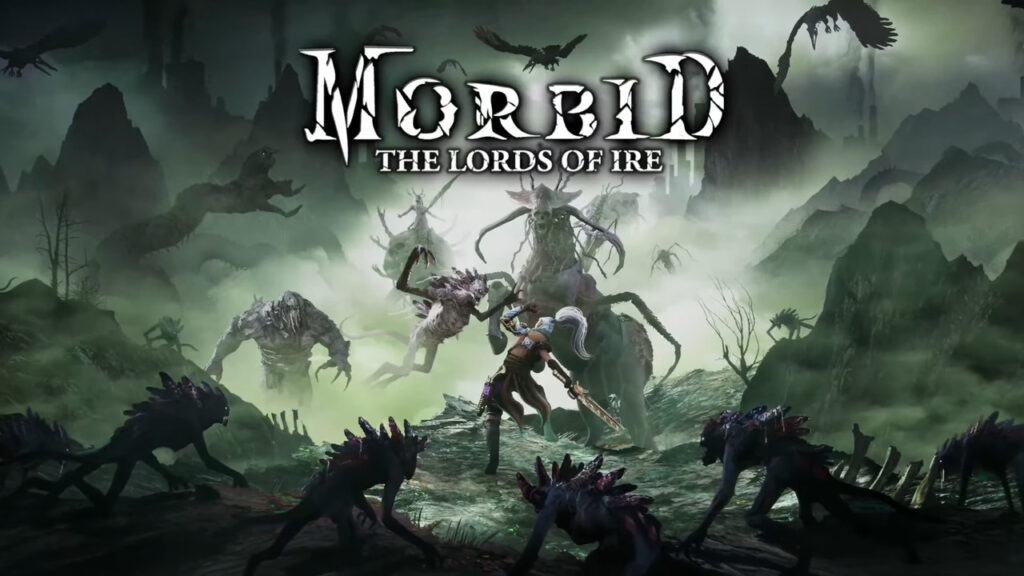
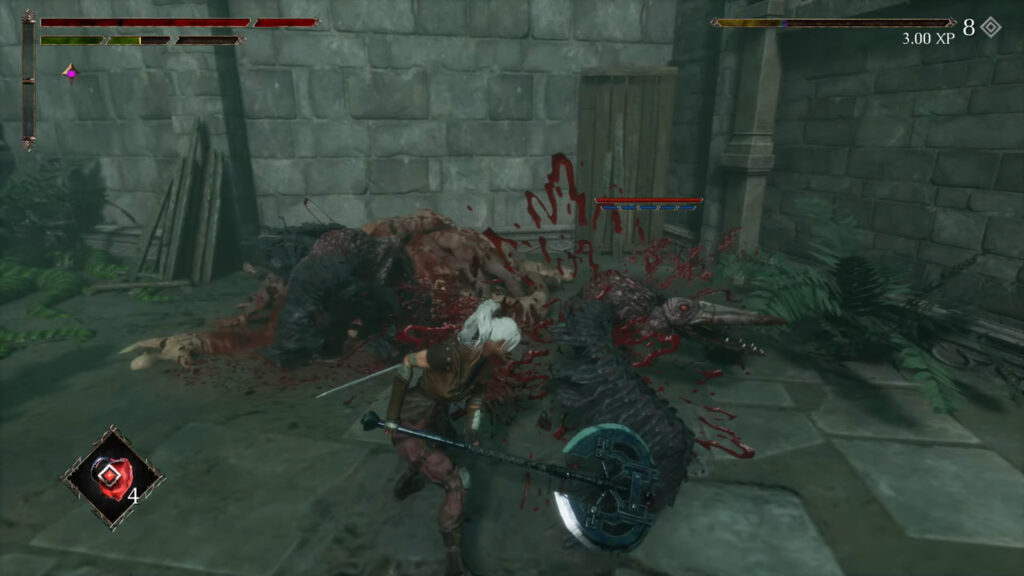
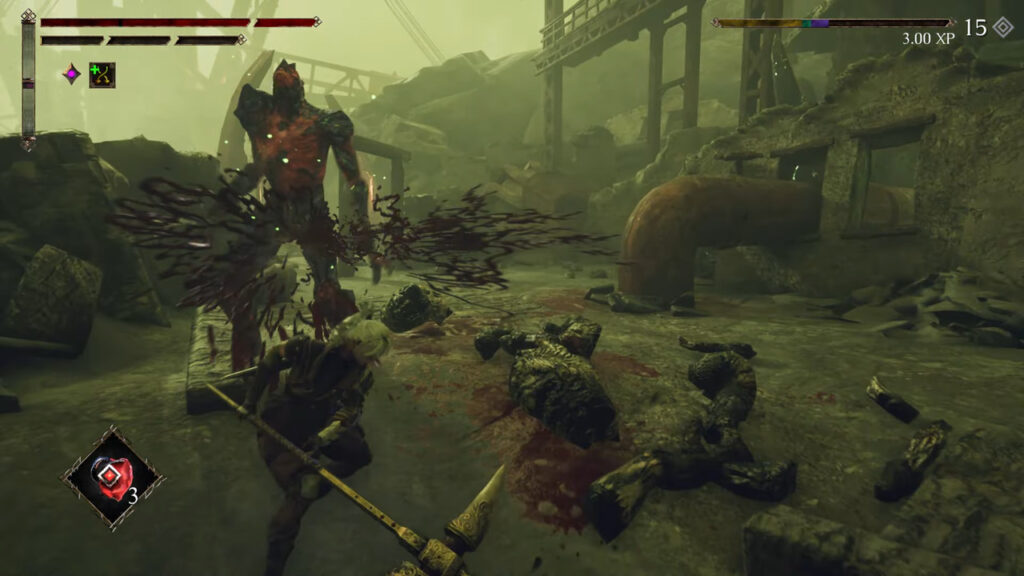
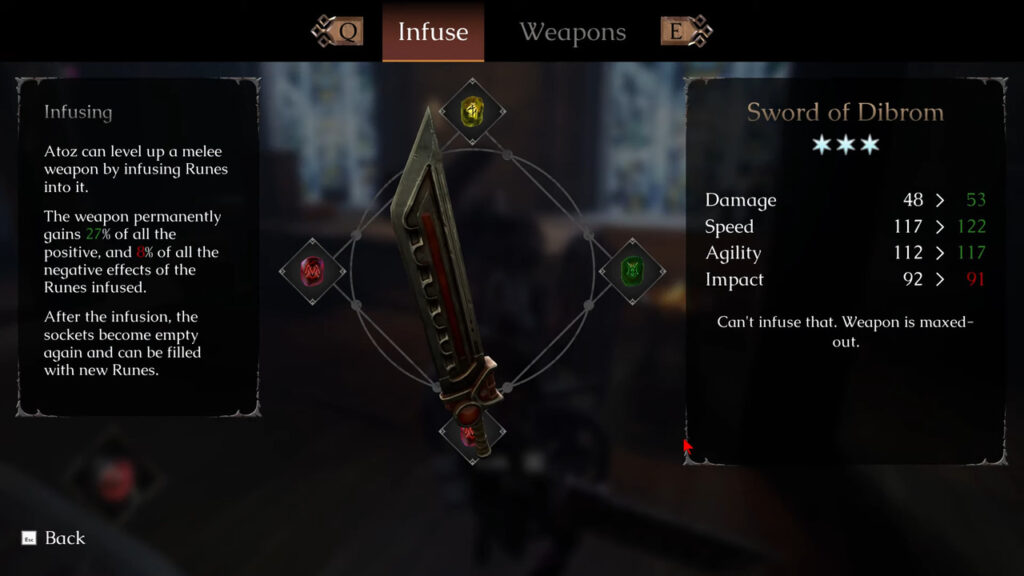
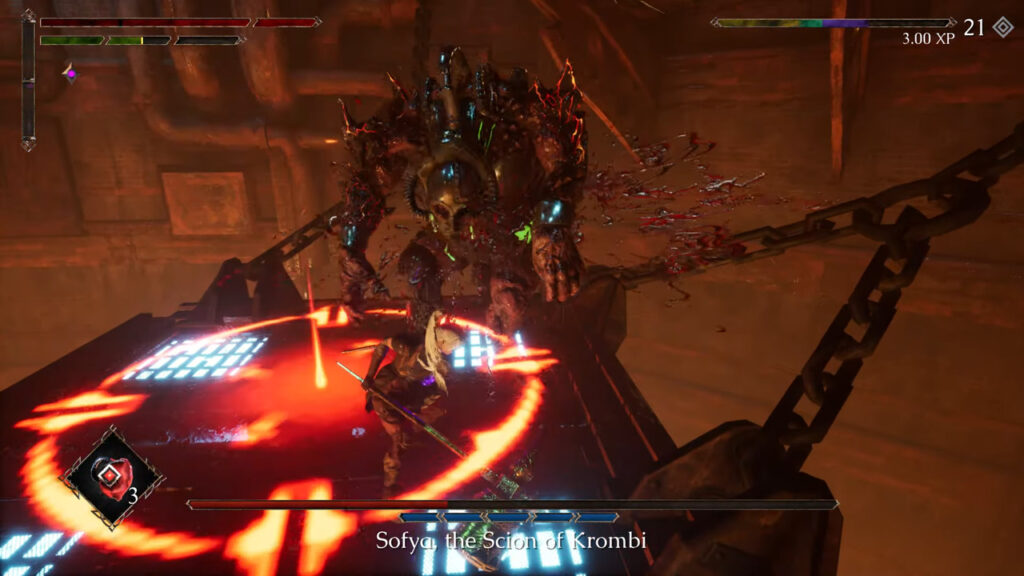




No Comments